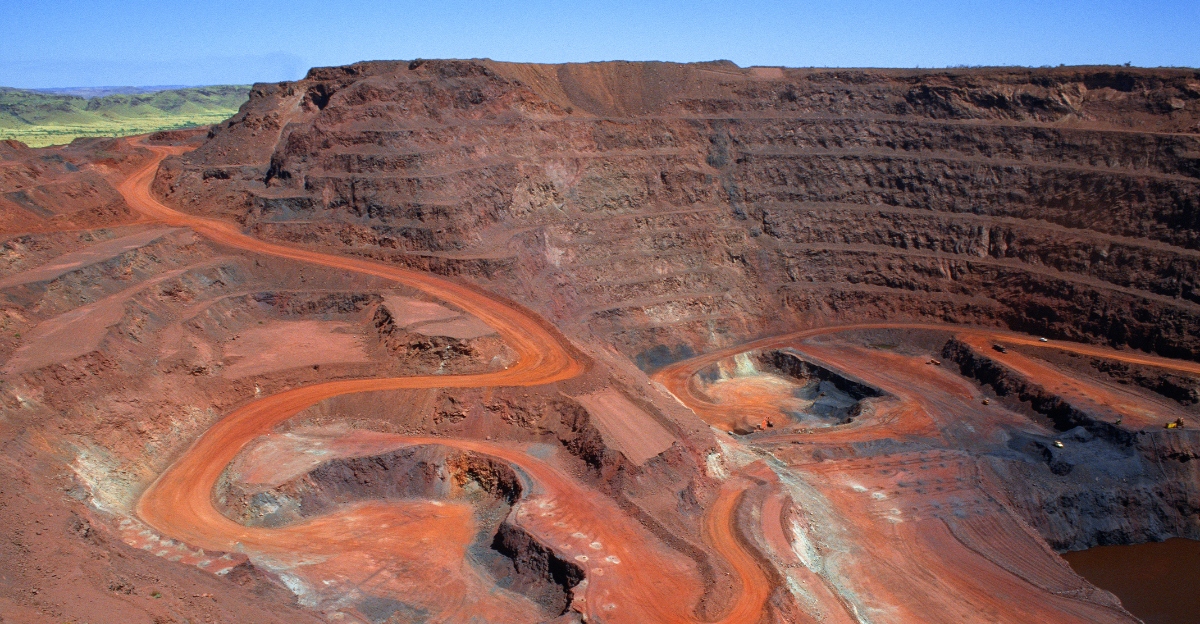
In a groundbreaking discovery, geologists have identified an immense iron ore deposit in Western Australia’s Hamersley Range, estimated at 55 billion metric tons. Valued at approximately $5.7 trillion based on current market prices, this find surpasses any known iron ore reserve globally. The deposit’s sheer size has the potential to reshape the global iron and steel industries, challenging existing geological theories and prompting a reevaluation of Earth’s mineral wealth.
However, the discovery also raises significant environmental concerns. The Hamersley Range is home to diverse ecosystems and Indigenous communities whose livelihoods and cultural heritage could be impacted by large-scale mining operations. Potential risks include habitat destruction, water contamination, and disruption to local wildlife. As the world grapples with balancing economic development and environmental preservation, this discovery is a critical case study in sustainable resource management.
The Economic Potential of the Hamersley Deposit
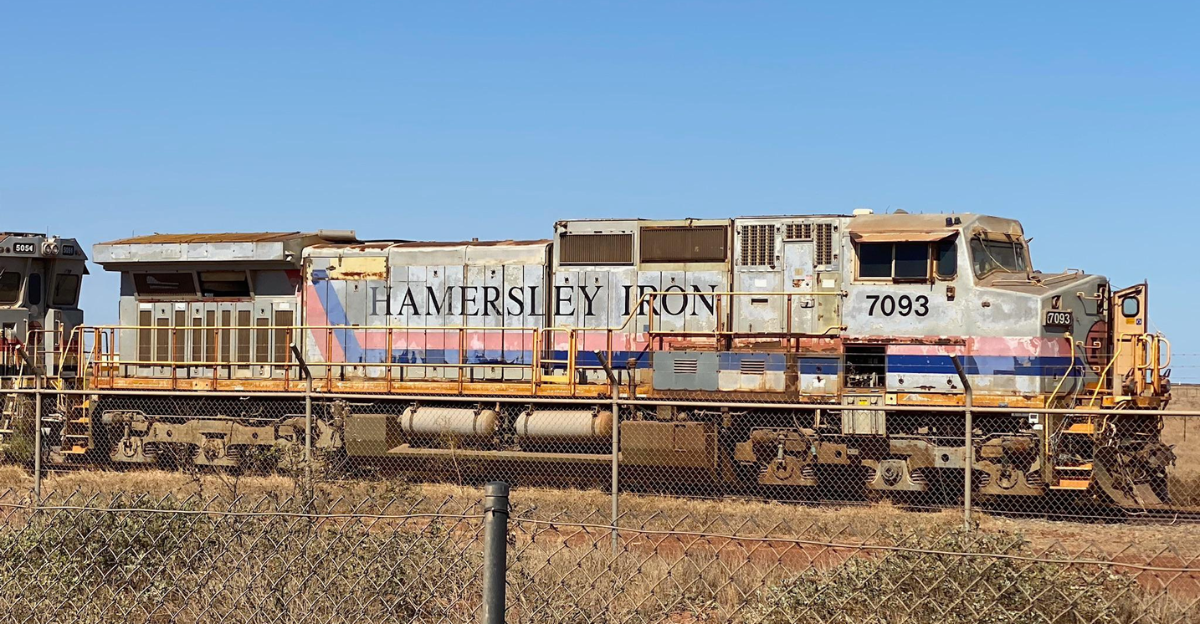
The Hamersley iron ore deposit’s estimated value of $5.7 trillion positions it as a monumental economic asset. Such a resource could significantly bolster Australia’s economy, providing substantial revenue through exports and creating numerous job opportunities in mining, transportation, and related sectors. The influx of capital could also fund infrastructure development and public services, potentially transforming regional economies.
However, the economic benefits must be weighed against environmental and social costs. Large-scale mining operations can lead to ecological degradation, affecting biodiversity and water quality. Moreover, the potential displacement of Indigenous communities and disruption of cultural sites necessitate careful consideration and inclusive decision-making processes. Balancing economic gain with environmental stewardship and social responsibility is imperative for sustainable development.
Environmental Impacts of Iron Ore Mining
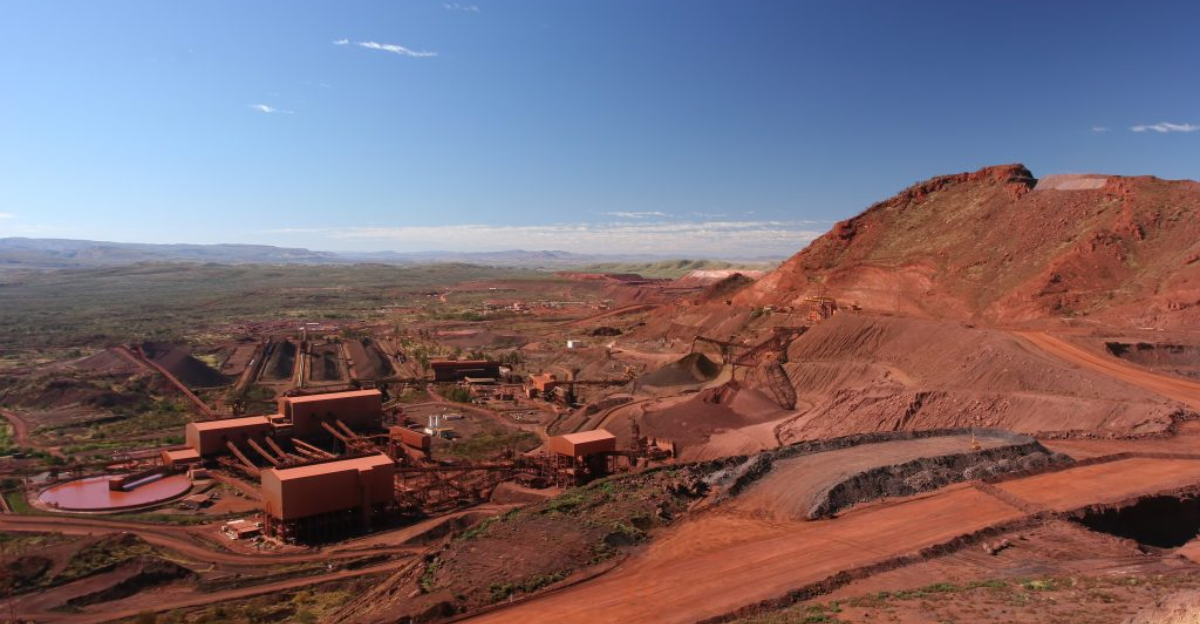
Iron ore mining, particularly open-pit methods, can have profound environmental consequences. Removing vegetation and topsoil disrupts ecosystems, leading to habitat loss for flora and fauna. Mining activities also contribute to soil erosion and sedimentation in nearby water bodies, affecting aquatic life and water quality.
Coin Mining
Furthermore, the beneficiation process generates tailings waste materials that can contain harmful substances like heavy metals. If not adequately managed, tailings can contaminate soil and water, posing risks to human health and the environment. Air pollution from dust and emissions is another concern, impacting air quality and contributing to climate change. Mitigating these environmental impacts requires stringent regulations, effective waste management, and sustainable mining practices.
Threats to Biodiversity and Ecosystems
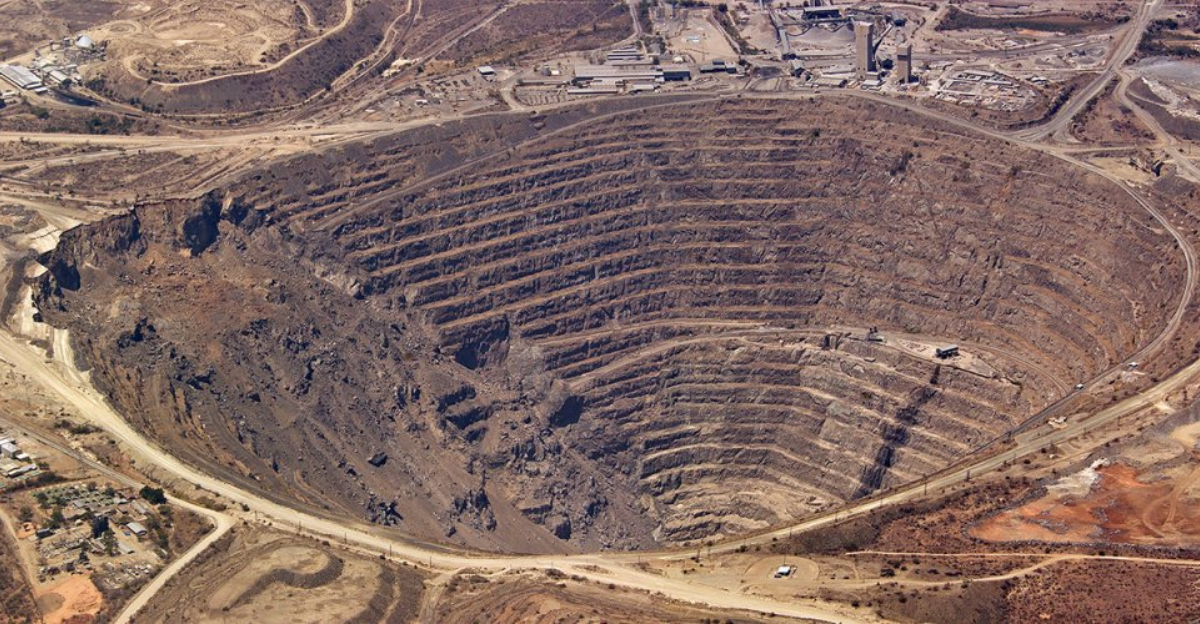
Potential mining activities pose significant threats to the Hamersley Range’s unique biodiversity. Habitat destruction can lead to the displacement or extinction of endemic species, disrupting ecological balance. Noise, light, and chemical pollution from mining operations can further stress wildlife, altering behavior and reproductive patterns.
Aquatic ecosystems are particularly vulnerable. Runoff containing sediments and pollutants can degrade water quality, affecting fish and other aquatic organisms. Wetlands, which serve as crucial habitats and natural water filters, may be drained or polluted, diminishing their ecological functions. Protecting biodiversity necessitates comprehensive environmental impact assessments and implementing conservation strategies alongside development plans.
Wikipedia
Indigenous Communities and Cultural Heritage

The Hamersley Range holds profound cultural significance for Indigenous communities, serving as a repository of ancestral knowledge, sacred sites, and traditional practices. Mining activities threaten to disrupt these cultural landscapes, leading to the loss of heritage and identity.
Moreover, Indigenous communities often rely on the land for sustenance, medicine, and spiritual well-being. Environmental degradation can compromise these resources, impacting health and livelihoods. Inclusive consultation processes and respect for Indigenous rights are essential to ensure that development does not come at the expense of cultural preservation and community well-being.
Water Resources and Pollution Risks
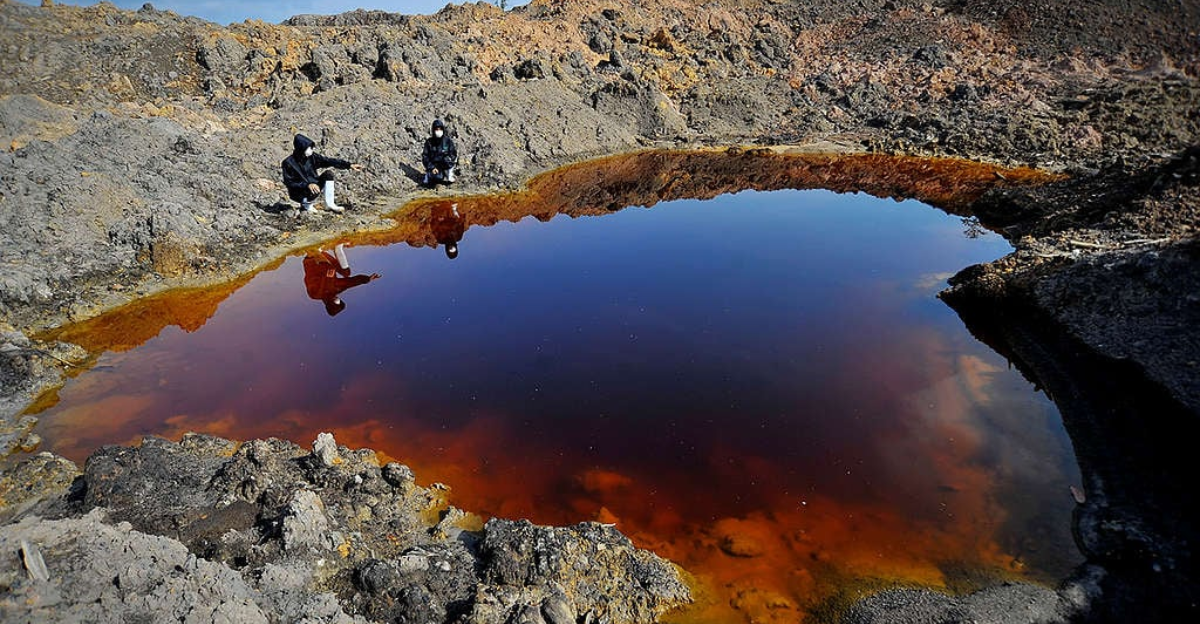
Mining operations pose significant risks to water resources. The extraction and processing of iron ore require substantial water usage, potentially depleting local water supplies. Releasing pollutants and sediments into water bodies can contaminate drinking water sources and harm aquatic ecosystems.
Acid mine drainage, resulting from the exposure of sulfide minerals to air and water, can lead to highly acidic water laden with heavy metals. This phenomenon has long-term environmental consequences, rendering water bodies uninhabitable for many organisms and posing health risks to humans. Effective water management strategies and pollution control measures are crucial to mitigate these impacts.
Tailings Management and Dam Safety
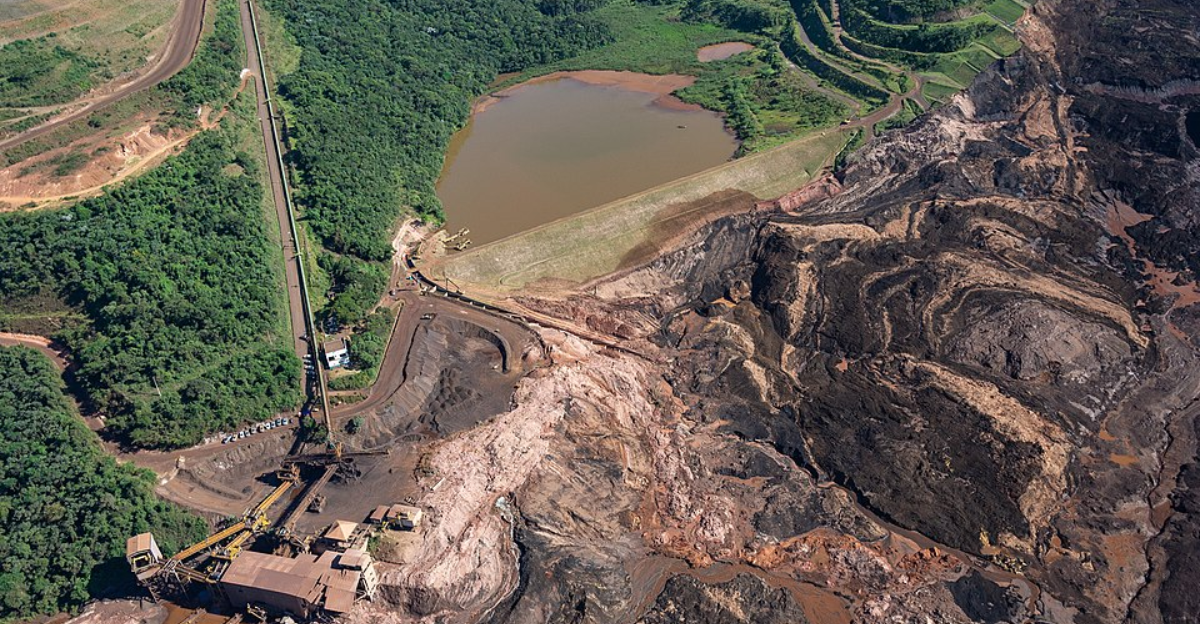
Managing mine tailings residual materials left after ore processing is a critical environmental and safety concern. Tailings are often stored in dams, which, if poorly constructed or maintained, can fail catastrophically, releasing toxic materials into the environment.
Wikipedia
Such failures have occurred globally, leading to loss of life, environmental devastation, and long-term ecological damage. To prevent such disasters, the structural integrity of tailings dams must be ensured through rigorous design standards, regular inspections, and emergency preparedness plans. Additionally, exploring alternative tailings disposal methods and promoting the reuse of waste materials can reduce environmental risks.
Climate Change and Carbon Emissions
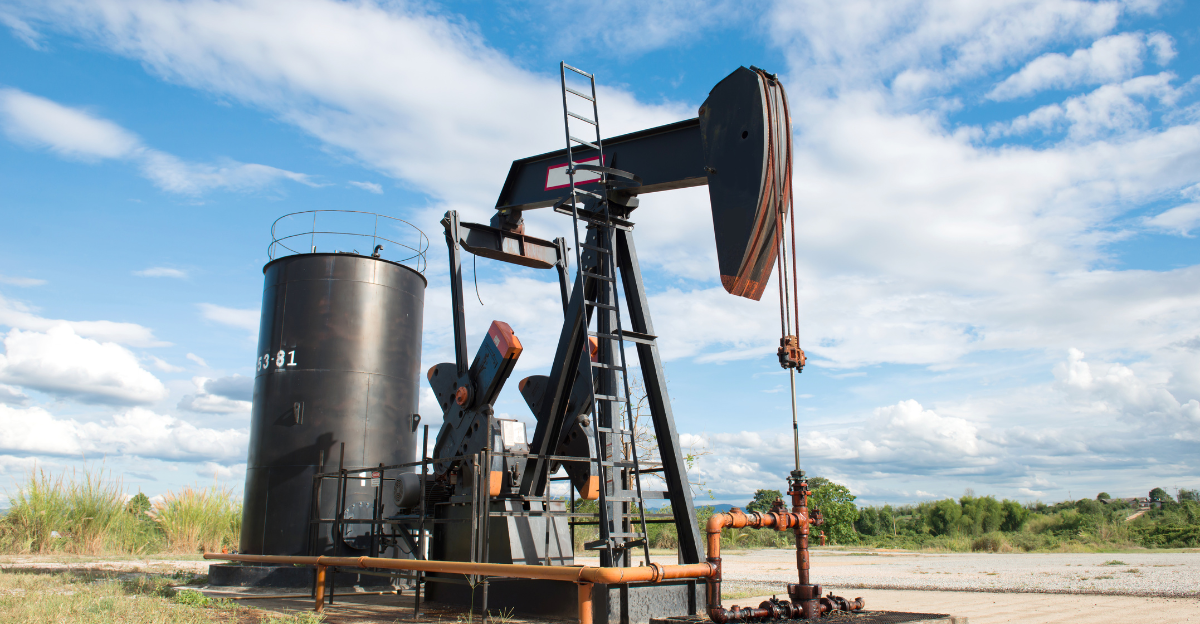
Iron ore mining and subsequent steel production are energy-intensive processes contributing significantly to greenhouse gas emissions. The combustion of fossil fuels during extraction, transportation, and processing releases carbon dioxide, exacerbating climate change.
Furthermore, land clearing for mining operations reduces carbon sequestration capacity, as vegetation that absorbs CO₂ is removed. To align with global climate goals, the mining industry must adopt cleaner technologies, improve energy efficiency, and invest in renewable energy sources. Implementing carbon offset programs and reforestation efforts can also help mitigate the environmental footprint of mining activities.
Regulatory Frameworks and Environmental Governance

Effective environmental governance is crucial to balance resource development with ecological preservation. Robust regulatory frameworks should mandate comprehensive environmental impact assessments, enforce pollution control measures, and ensure compliance through monitoring and penalties for violations.
Public participation in decision-making processes enhances transparency and accountability. Incorporating Indigenous knowledge and community input can lead to more equitable and sustainable outcomes. Given the global implications of large-scale mining projects, international cooperation and adherence to environmental standards are also vital.
Towards Sustainable Mining Practices
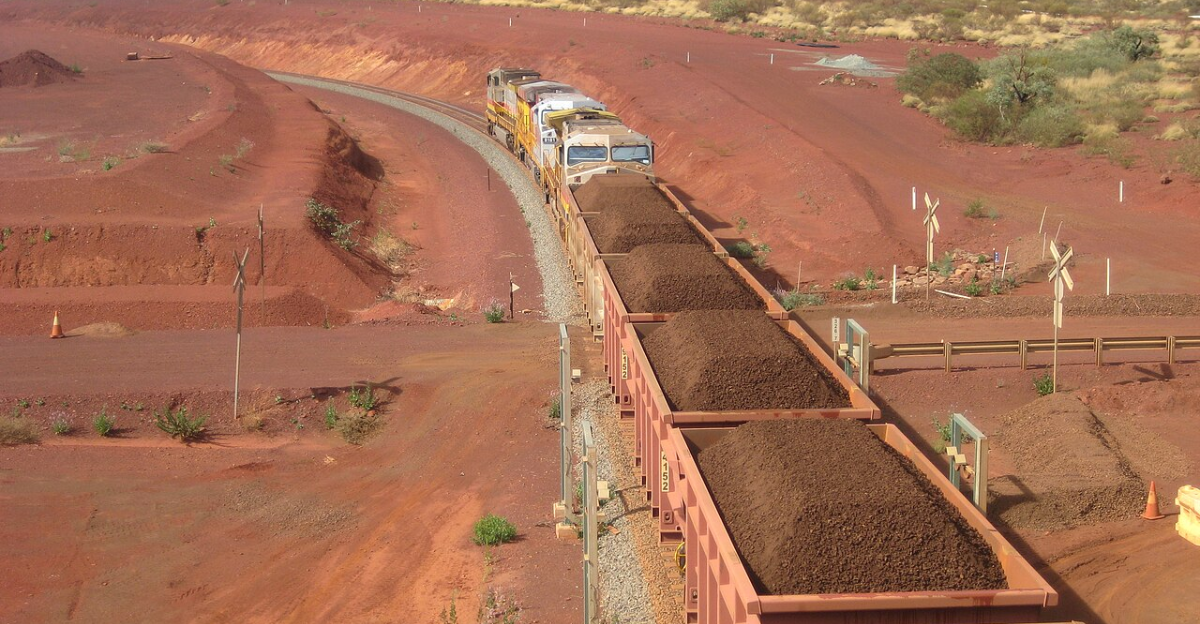
The discovery of the Hamersley iron ore deposit presents an opportunity to pioneer sustainable mining practices. Adopting technologies that minimize environmental impact, such as precision mining and waste reduction techniques, can mitigate ecological damage. Rehabilitating mined areas through reforestation and habitat restoration helps restore biodiversity and ecosystem functions.
Engaging stakeholders, including governments, industry, communities, and environmental organizations, in collaborative planning, ensures that economic development does not compromise environmental integrity. By prioritizing sustainability, the mining sector can contribute to economic growth while safeguarding the planet for future generations.
Explore more of our trending stories and hit Follow to keep them coming to your feed!

Don’t miss out on more stories like this! Hit the Follow button at the top of this article to stay updated with the latest news. Share your thoughts in the comments—we’d love to hear from you!







